My eyes have been taking a lot of strain recently. Not because I have been spending way too much time catching up on social media on my phone. It’s because I have been spending more time than usual reading the ultra-fine print on grooming and beauty products to see if they contain microbeads that are harmful to the environment.
“The past few years have seen an upsurge in awareness about the huge impact plastics are having on aquatic ecosystems.”
The past few years have seen an upsurge in awareness about the huge impact plastics are having on aquatic ecosystems. A lot of this damage is visible to the eye. But smaller pieces of plastic (microbeads or micro-plastics) are also contributing to the problem.
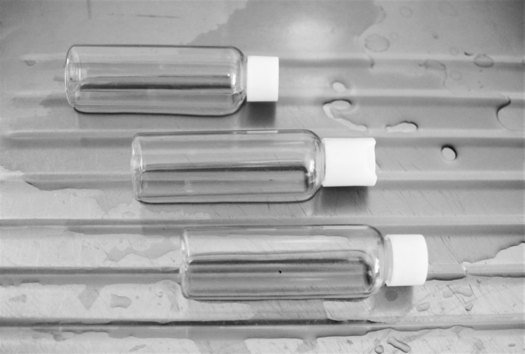
In 2015, the US banned the use of microbeads in products. The UK followed suit in early 2018. Most recently, I read that South Africa’s Department of Environmental Affairs is in talks with the cosmetics industry about phasing out these plastics: https://www.businesslive.co.za/bd/national/2018-05-18-state-gets-tough-on-toiletry-plastics/.
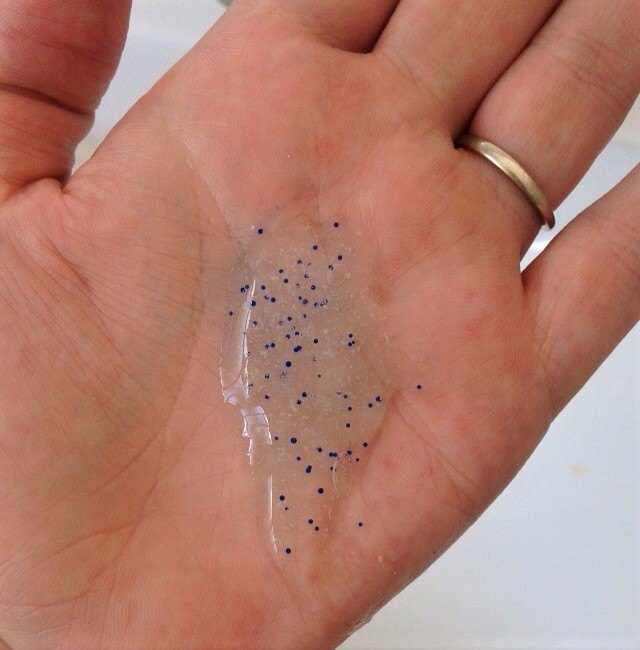
I asked Dr Shannon Hampton, project co-ordinator of the International Ocean Institute – Southern Africa some questions about the environmental impact of microbeads.
What are microbeads?
Micro-plastics are any pieces of plastic that are less than 1mm in size. Some of them are visible to the human eye, but no less of a problem because of it. They are used to increase abrasiveness, add shine or sparkle.
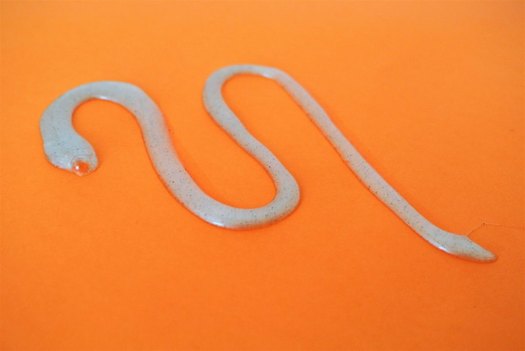
Which products are they found in?
Shampoos, soaps, toothpastes, body scrubs, facial scrubs, cleaning products, washing powder, make-up and body lotions. Most glitter is plastic.
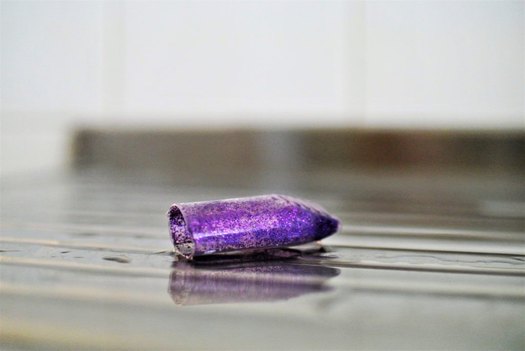
Why are microbeads so harmful?
Micro-plastics are very difficult and expensive to filter out from waste water. Once they are in the environment, there is little that can be done to recover them. They contribute to the “plastic soup” that affects all parts of the ocean.
“Micro-plastics are very difficult and expensive to filter out from waste water.”
The tiny pieces of plastic get mistaken for food by zooplankton and then the zooplankton gets eaten by a small fish. The small fish gets eaten by a big fish, which then gets caught by a fisherman and lands on your plate, plastic included. The micro-plastics get scooped up in the gaping mouths of whales or filtered through the gills of mussels and sucked in by anemones.
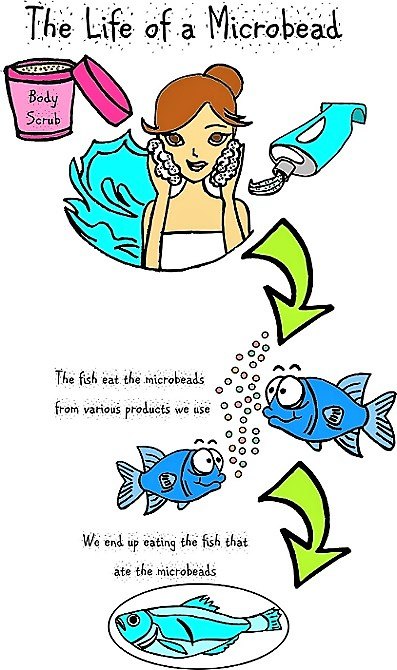
It won’t surprise you that there is no nutritional value to plastic. But did you know that some of the dyes used are toxic? Not only that, but plastic absorbs toxins like DDT. So the plastic becomes many times more toxic than the water that surrounds it (and this gets in to the meat of the fish that you eat).
Earlier this year the UK government banned the use of microbeads in various products. What is the South African government doing to combat this menace?
The Department of Environmental Affairs is working with the Department of Health to develop legislation to address the issue of microbeads.
How can consumers tell if the grooming or beauty products they are using contain microbeads?
The most common micro-plastic ingredients are listed below, but there are many variations:
Polyethylene (PE)
Polypropylene (PP)
Nylon (PA)
Polymethyl Methacrylate (PMMA)
Polythylene Terphthalate (PET)
Be suspicious of any artificial beads in your products. Microbeads are also used in household cleaning products, which don’t list ingredients.
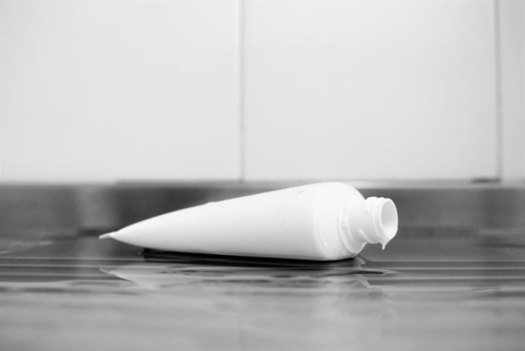
What can consumers do to bring about change regarding the use of microbeads?
You can avoid all products with micro-plastics. Contact retailers and manufacturers asking them to no longer use them. The more people who actively choose to not buy products because of microbeads, the more pressure there will be on manufacturers to stop producing these products.
There are natural alternatives, so there is no need for plastics in our personal care products. Create awareness by talking about the issue with your friends and family. Contacting manufacturers and retailers on social media and directly can help them realise that there is public pressure to change their ways.
There is also a petition: https://www.change.org/p/ban-microbeads-in-south-africa?recruiter=69869968&utm_source=share_petition&utm_medium=facebook&utm_campaign=share_petition&utm_term=des-lg-no_src-custom_msg.
We have written about some of this on our website: http://ioisa.org/2015/09/01/ioi-sa-becomes-a-beat-the-microbead-partner/ and my blog: http://howtosurvivephd.blogspot.com/2015/08/taking-pollution-down-to-zero-become.html.
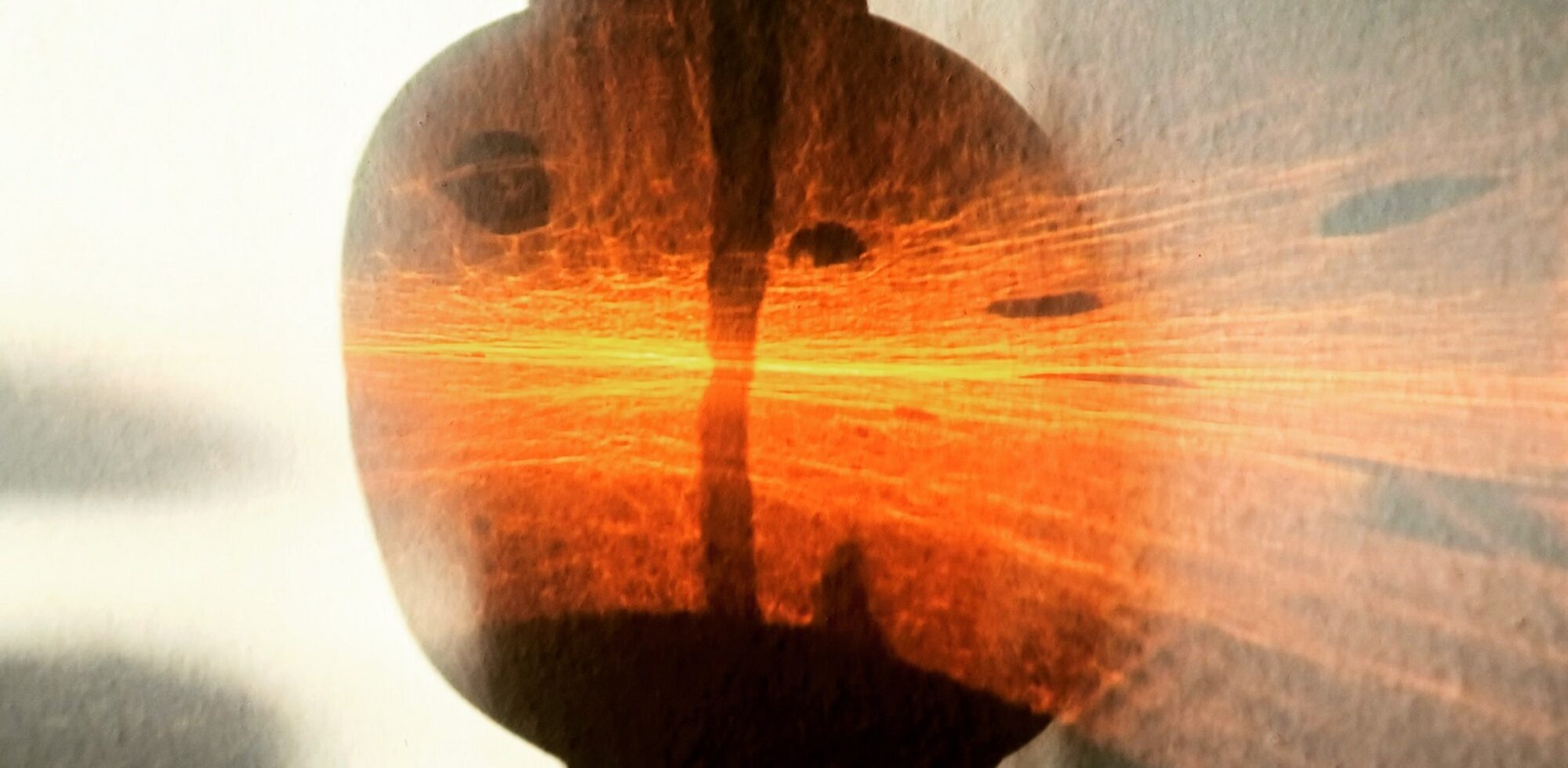
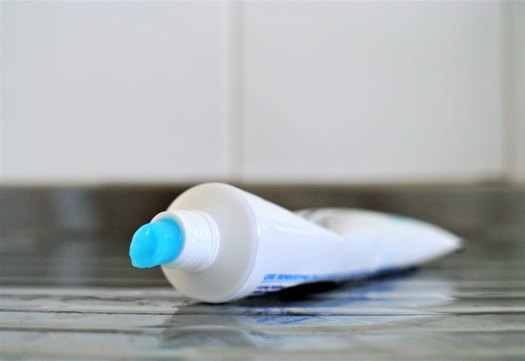
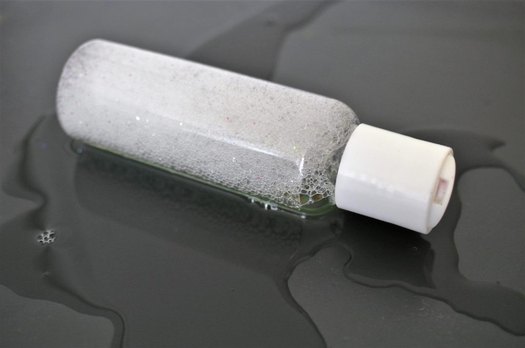


Your post title got me by surprise: “Again?! Weren’t they banned” I thought. After reading, I realized that it was still an issue where you live (and probably in the half of the World), so it is a good thing that you’re raising awareness and trying to do something about it.
I’m not a hardcore “green” follower, I think that in some cases it is OK to harm animals (e.g. lab rats to test drugs – human lives ARE more important in my book), but I try to look at everything on case by case bases: we should not harm environment just to make something more convenient or earn extra money.
Thanks, Undina. The reality is that microbeads are still used in many countries around the world. In the case you mention, I agree it’s ok to use animals such as rats. But if there are other, equally effective methods available, then we should use those options. We have so much technology at our disposal now, we often don’t need to harm the environment in the process.
Damn you have beaten me to it- my microbeads post is sitting waiing to be edited..eeek well done – I love your post1 It’s such a brilliant thing to talk about! take care
Hello Cathi, big thanks. Looking forward to reading your microbeads post. It’s amazing how many products they can still be found in.
Very informative and thank you for making us aware of the harm of microbeads. John
Thank you so much, John. Hopefully, South Africa will join the UK and US as countries where microbeads are banned.
I don’t know how the situation stands in the European Union, but I can tell you that today I hardly see cosmetics with microbeads on the hypermarket’s shelves. My exfoliating shower gels now list terms like Perlite, Mica, Volcanic Sand. Probably it has to due more with the brands changing their policy to look better in front of the consumer than with some legal obligation.
What I actually wanted to say is that I stopped using sea salt since this issue came to my attention. I have the feeling the micro-plastics cannot be removed completly from it and I do not want to risk my health. I use only salt from the mountain.
I hope every country will ban soon these particles.
Love reading your articles, Richard!
Big thank you! It shows you how sensitive a lot of brands are to this kind of thing. Good point about sea salt.
Great post!! Thank you for caring enough to post this. 💙💚💙✨
Thank you so much, Karrie! While microbeads are just a part of the plastic problem, it’s important for us, as consumers, to demand change.